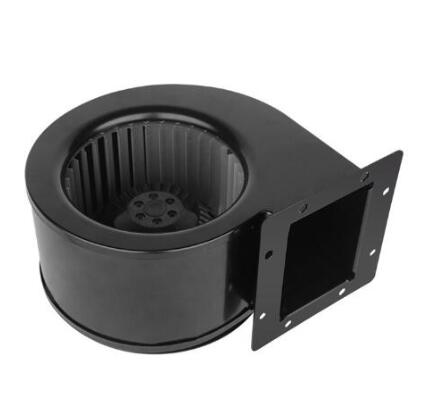Navigating Efficiency: Factors Influencing the Performance of AC Forward-Curved Fans
2023-12-07
Introduction:
In the intricate dance of HVAC systems, the efficiency of air handling components plays a critical role in determining overall performance. AC forward-curved fans, with their distinctive design, are no exception. Understanding the factors that influence the performance efficiency of these fans is key to unlocking their full potential in heating, ventilation, and air conditioning applications. In this exploration, we delve into the nuanced elements that shape the efficiency of AC forward-curved fans.
1. Blade Design and Geometry:
The curvature and geometry of the forward-curved fan blades are paramount. The specific design influences the fan's ability to generate a consistent and efficient airflow. Factors such as blade angle, length, and tapering contribute to the overall performance.
2. Material Selection:
The choice of materials for both the fan blades and the fan housing influences performance. Materials need to strike a balance between durability, weight, and resistance to environmental factors. High-quality materials contribute to prolonged fan life and sustained efficiency.
3. Motor Efficiency:
The electric motor driving the AC forward-curved fan plays a crucial role. High-efficiency motors contribute to overall system efficiency, reducing energy consumption and ensuring a reliable and consistent rotation of the fan blades.
4. Fan Size and Speed:
Matching the fan size to the requirements of the HVAC system is critical. Additionally, the ability to control the fan speed, especially in variable air volume (VAV) systems, allows for precise adjustments, optimizing performance under varying conditions.
5. System Resistance:
The resistance that the fan encounters within the HVAC system affects its performance. Efficient forward-curved fans are designed to handle specific pressure differentials, ensuring they can effectively move air through ducts, filters, and other components without excessive energy consumption.
6. Noise Reduction Features:
The design elements that contribute to noise reduction, such as blade shape and housing construction, are crucial. Efficient forward-curved fans are engineered to operate with minimal turbulence and noise, making them suitable for a wide range of applications, including those requiring quiet operation.
7. Maintenance Practices:
Regular maintenance is essential for sustaining performance efficiency. Dust, debris, or wear on the blades can impede airflow and reduce efficiency over time. Routine inspections and cleaning contribute to the longevity and consistent performance of AC forward-curved fans.
8. System Integration and Control:
The seamless integration of the forward-curved fan into the overall HVAC system, along with sophisticated control mechanisms, enhances efficiency. Smart control systems, especially those capable of adjusting fan speed based on real-time demand, contribute to energy savings and optimized performance.
Conclusion:
As the heartbeat of HVAC systems, AC forward-curved fans are influenced by a myriad of factors that collectively determine their performance efficiency. By carefully considering blade design, material selection, motor efficiency, and other critical elements, engineers and designers can harness the full potential of these fans, contributing to energy-efficient and reliable air handling solutions. In the pursuit of sustainable and high-performance HVAC systems, a nuanced understanding of the factors shaping the efficiency of forward-curved fans becomes indispensable.



